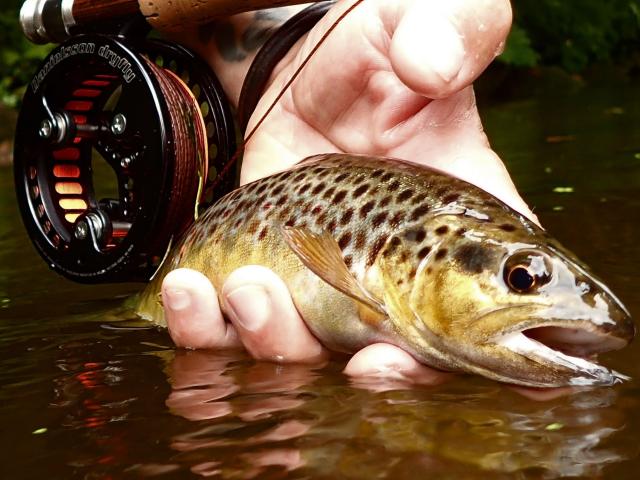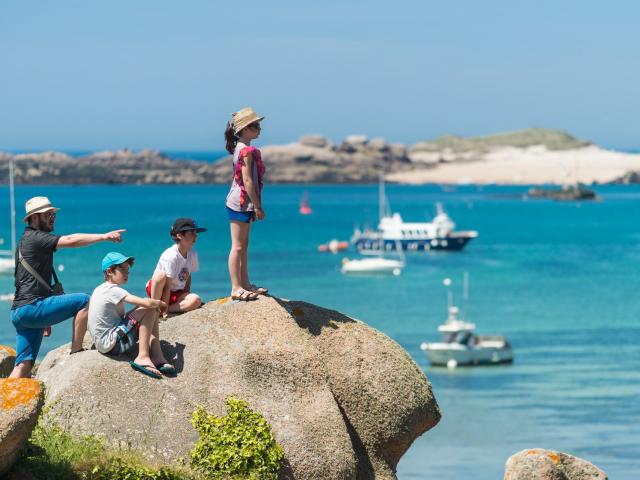The Léguer, an exceptional natural heritage
European otter, Atlantic salmon, numerous species of bats, royal osmonde… are all living symbols of a preserved nature. Beyond the most emblematic species, the Leguer valley benefits from a fantastic diversity of fauna and flora, integrated in the Natura 2000 network since 2004.
From the main source of the Léguer, at the foot of the Monts d’Arrée, to the Bay of Lannion, this European natural area offers very diverse landscapes: a steep valley and wooded slopes, three large forest massifs, a remarkable set of inland dry moors, a buttercup river flowing between rocky chaos, many small valleys crossed by a rich network of rivers and components of the tributaries of the Léguer and finally, a large estuary opening onto the sea.
 Remontée du saumon
Remontée du saumon




















